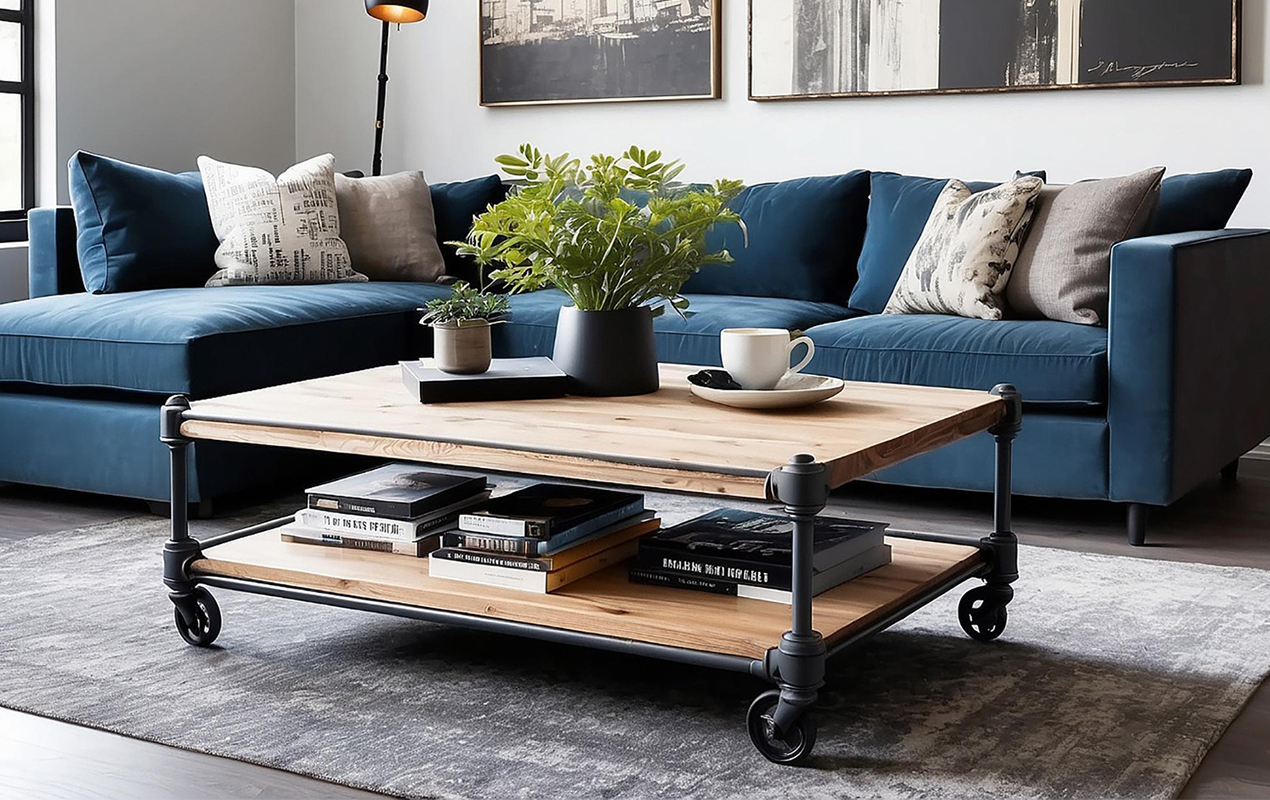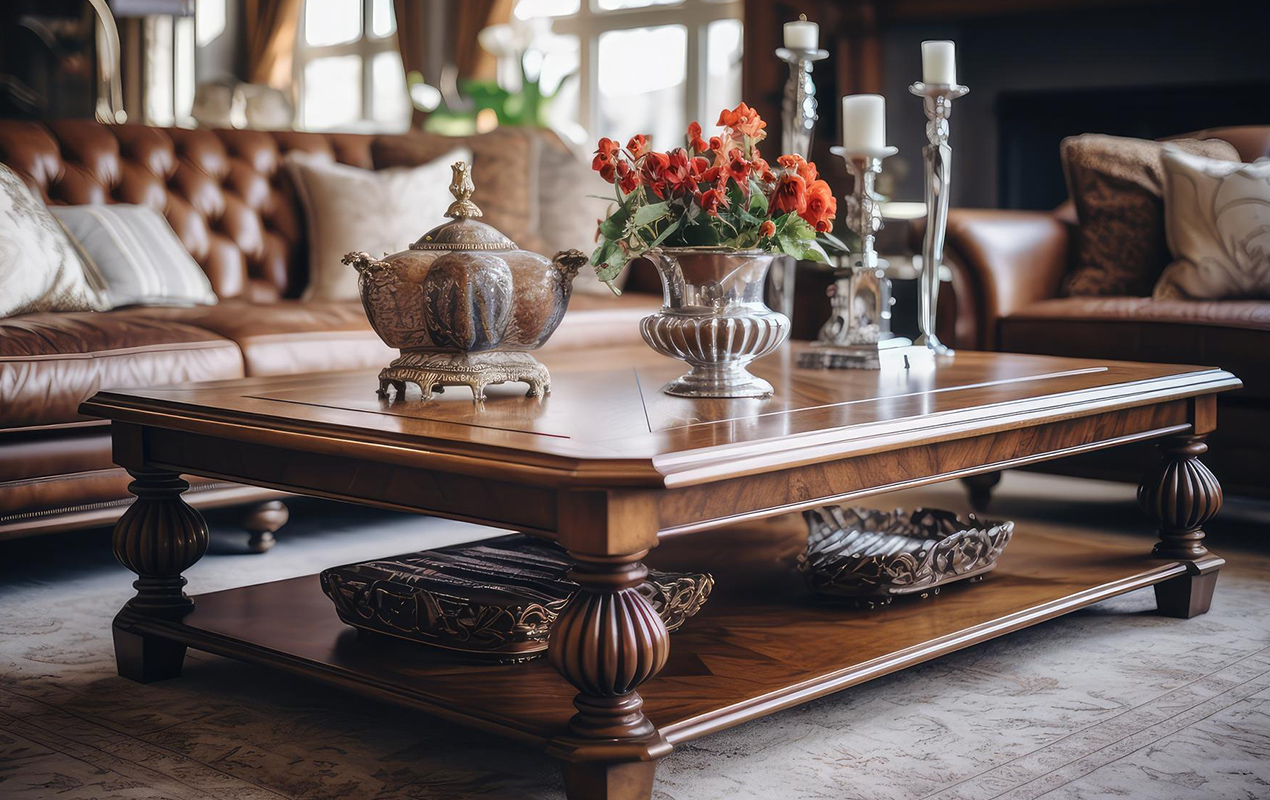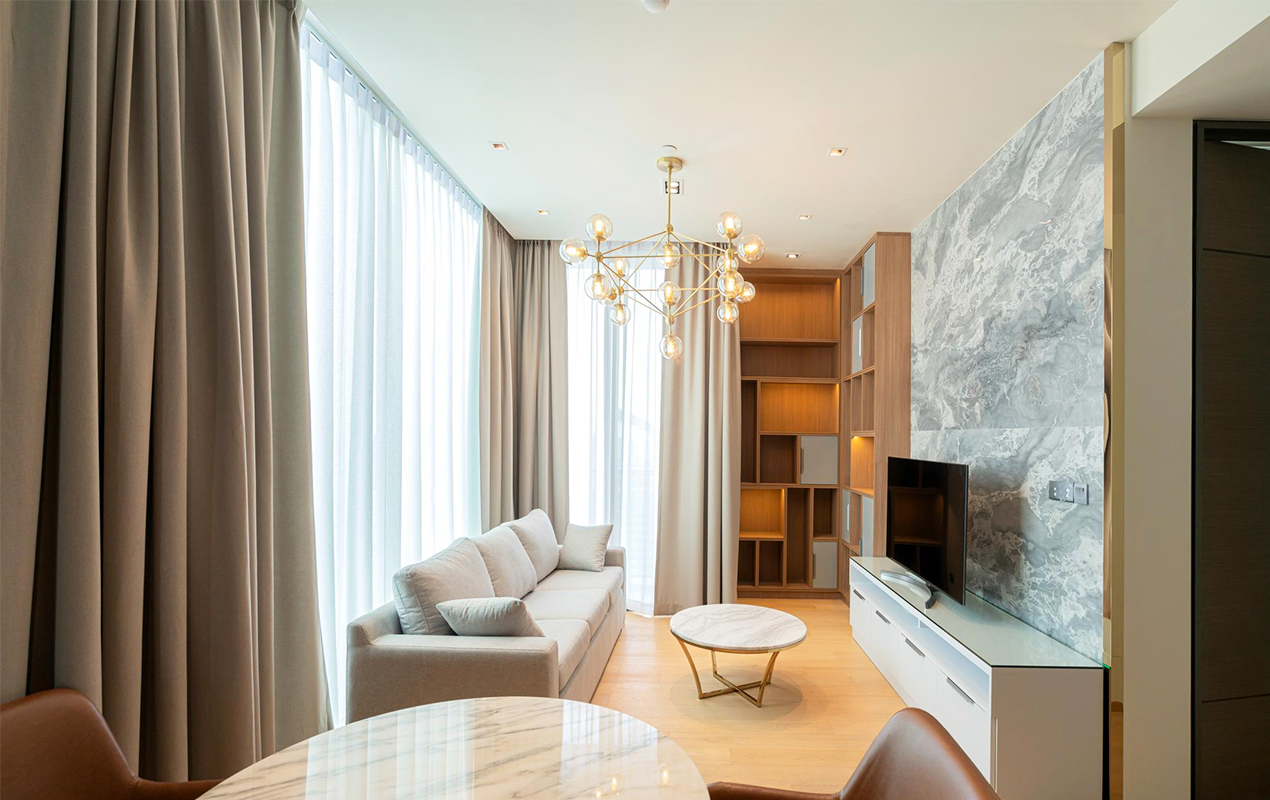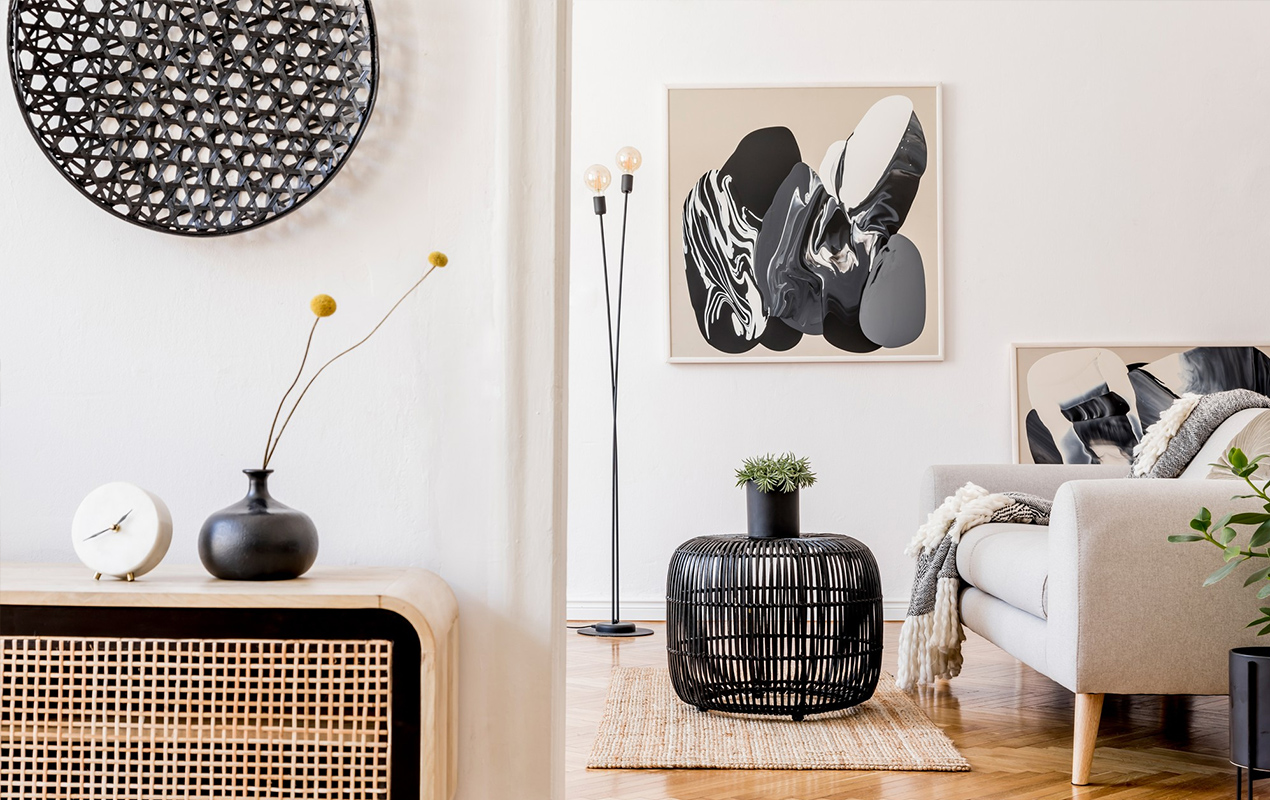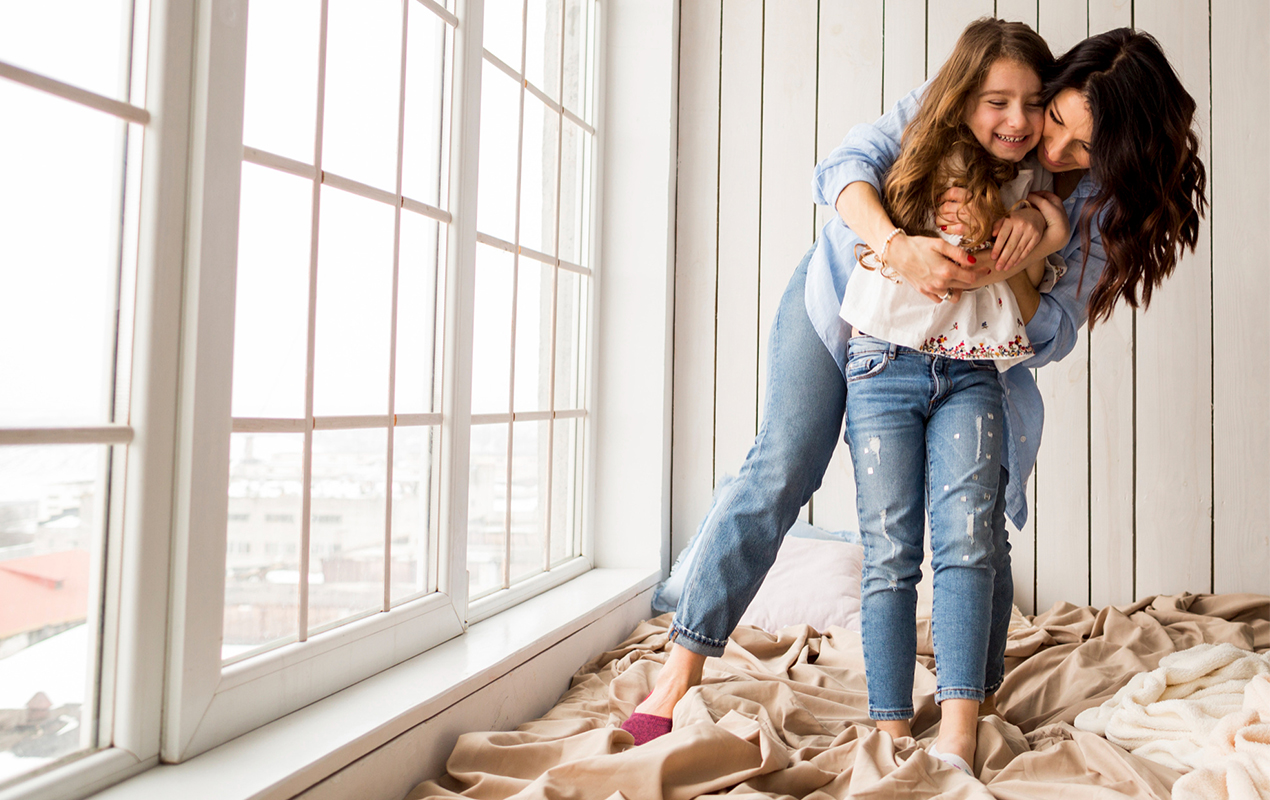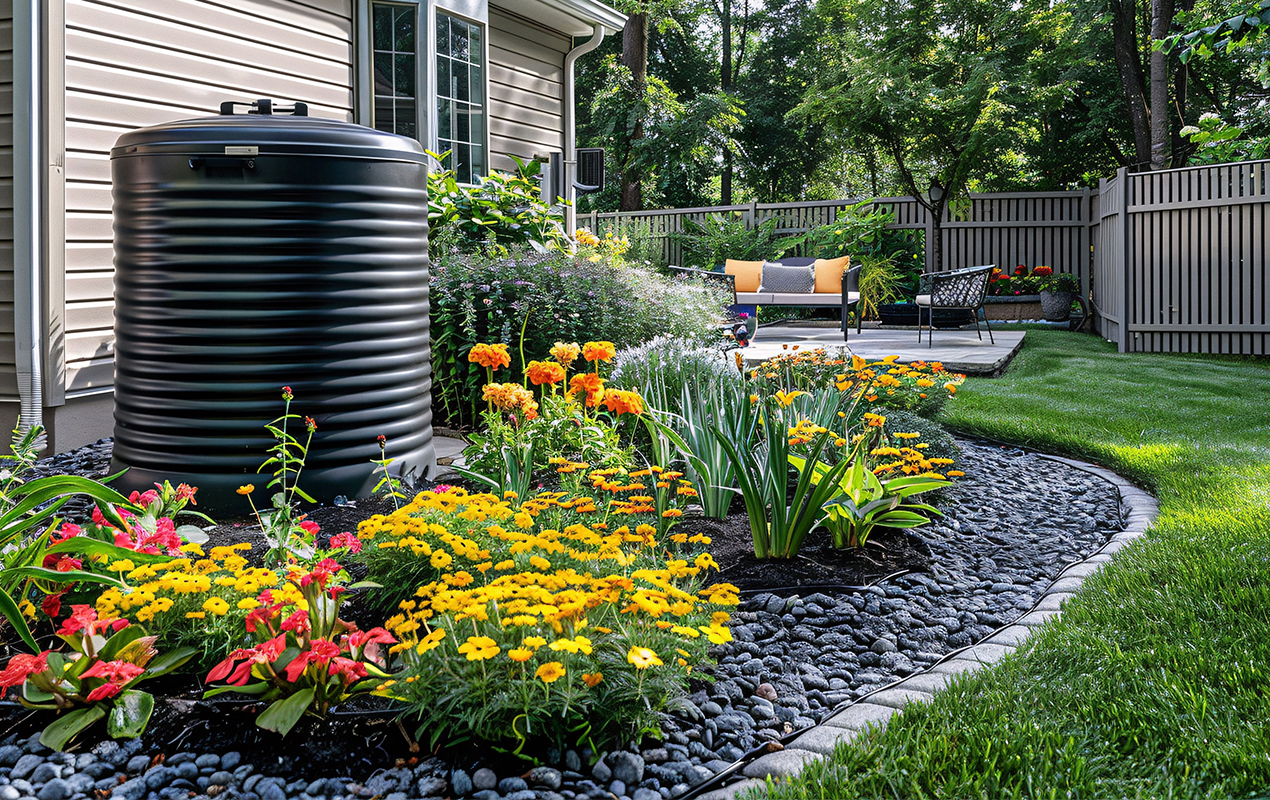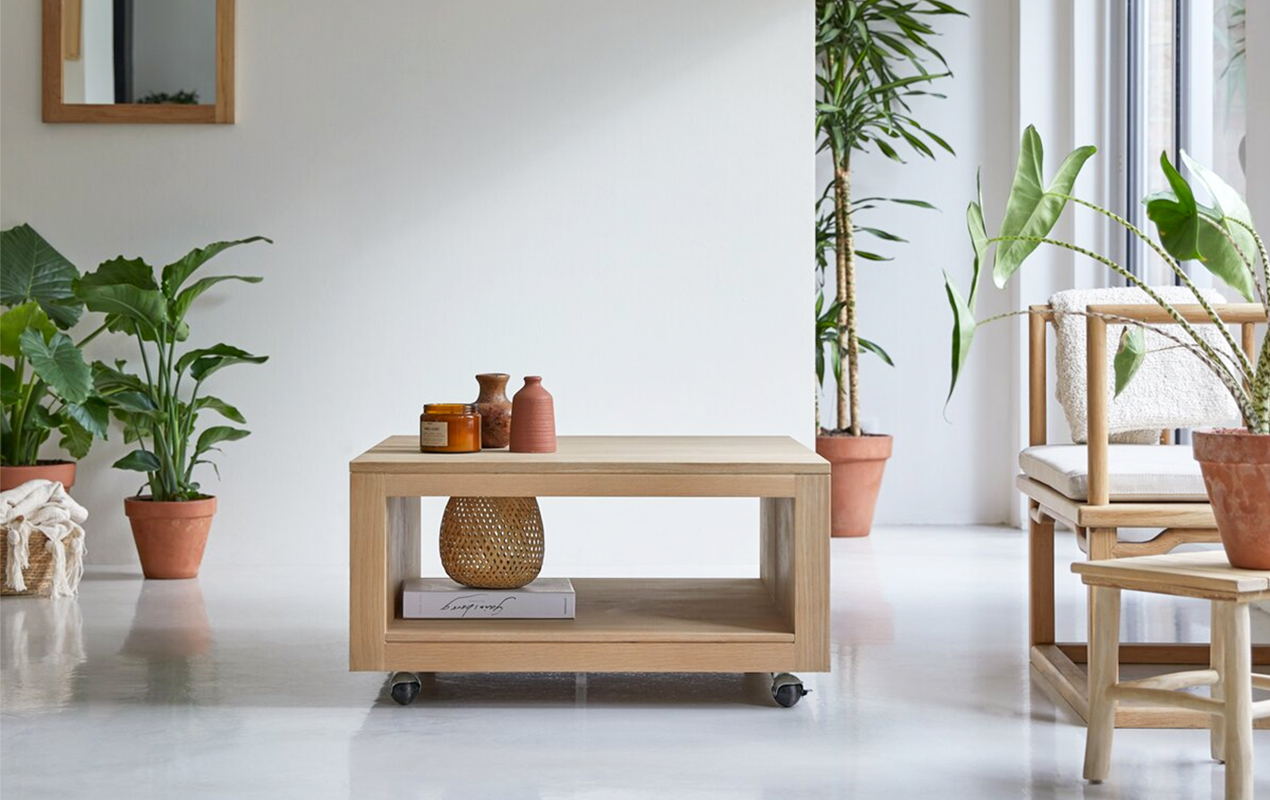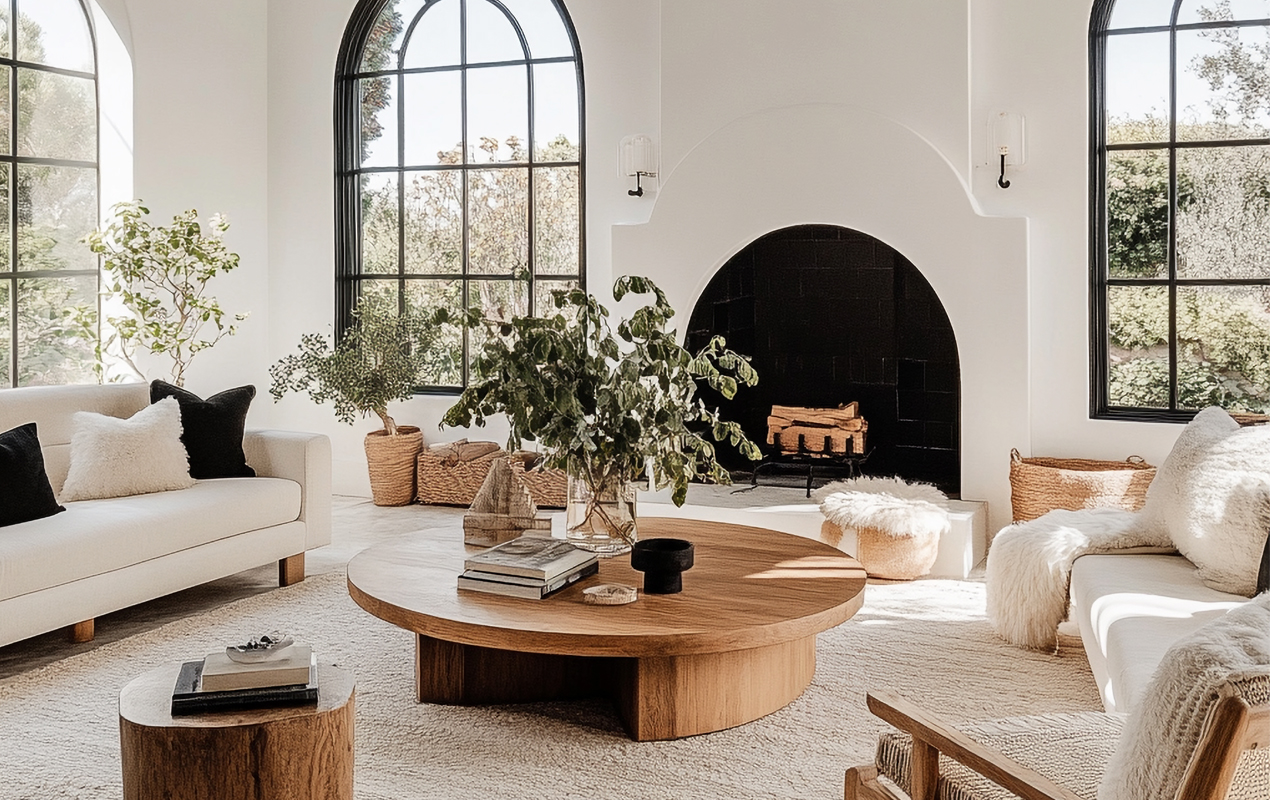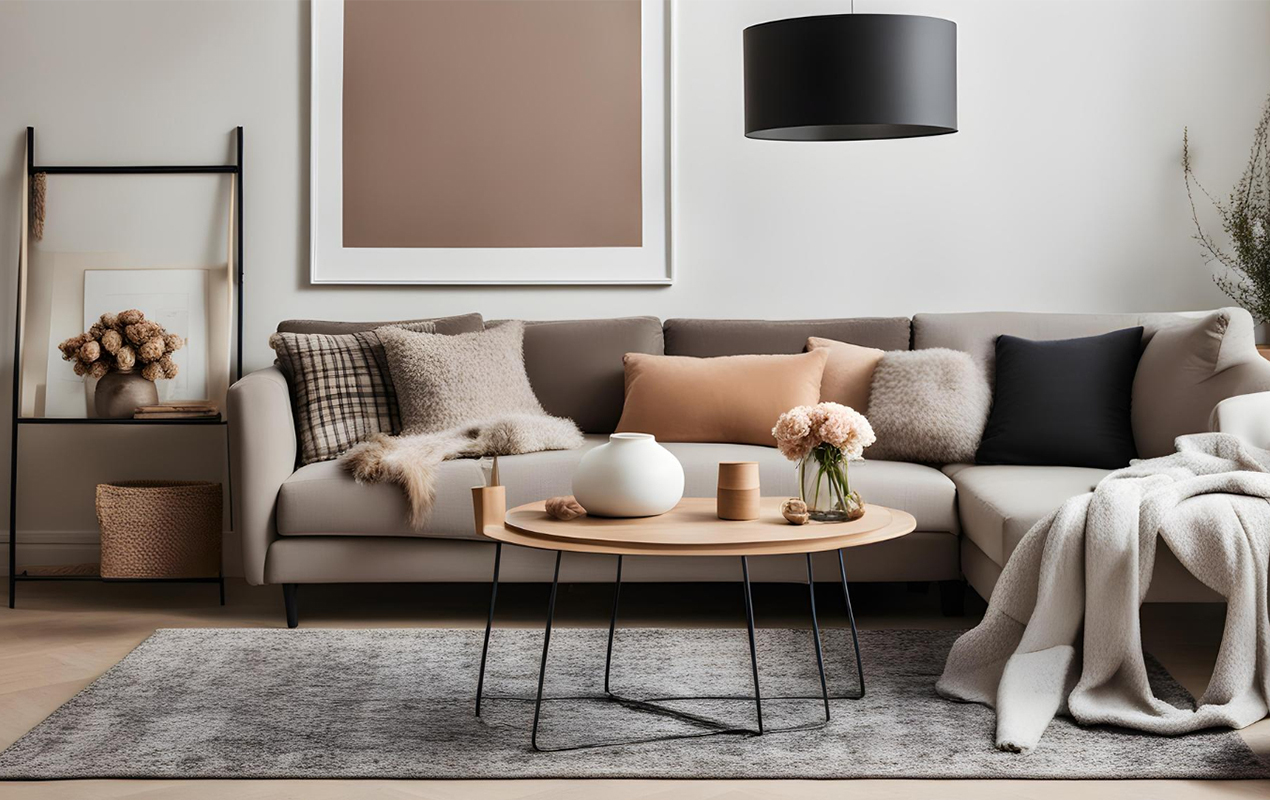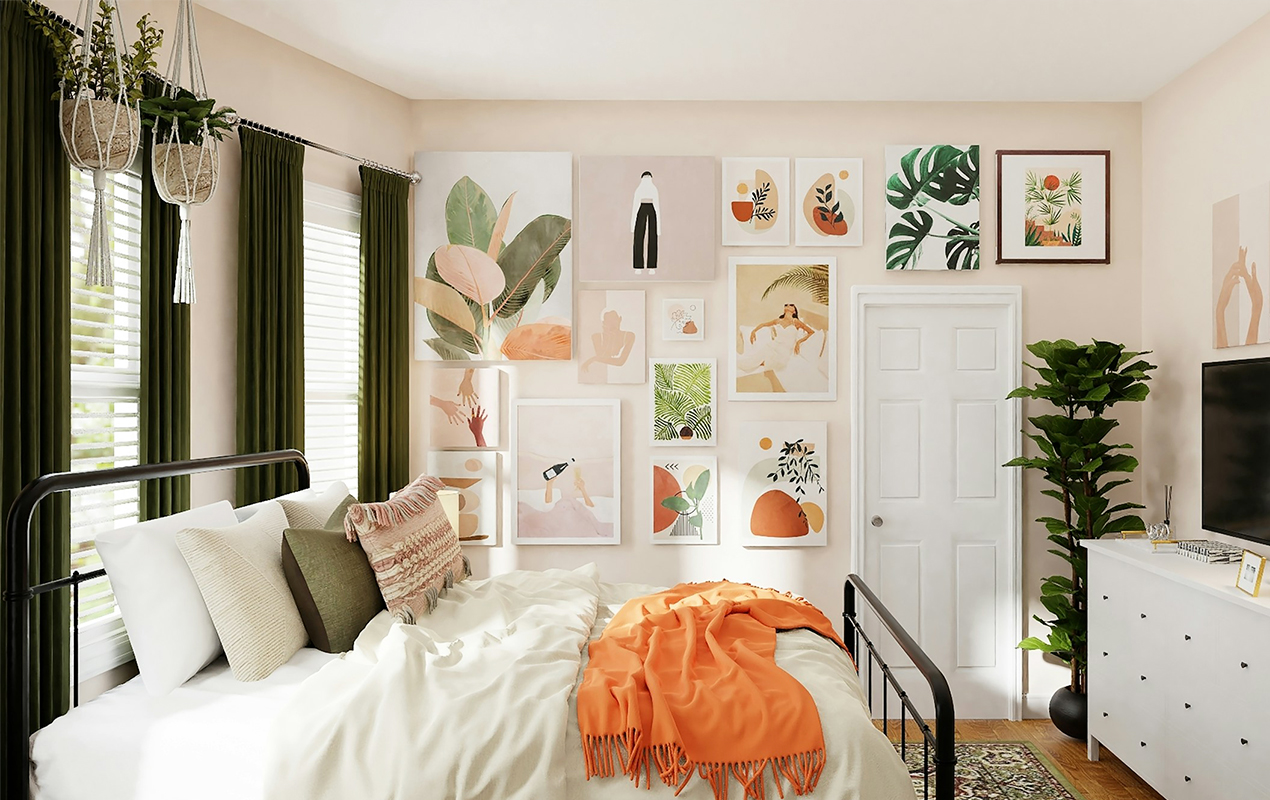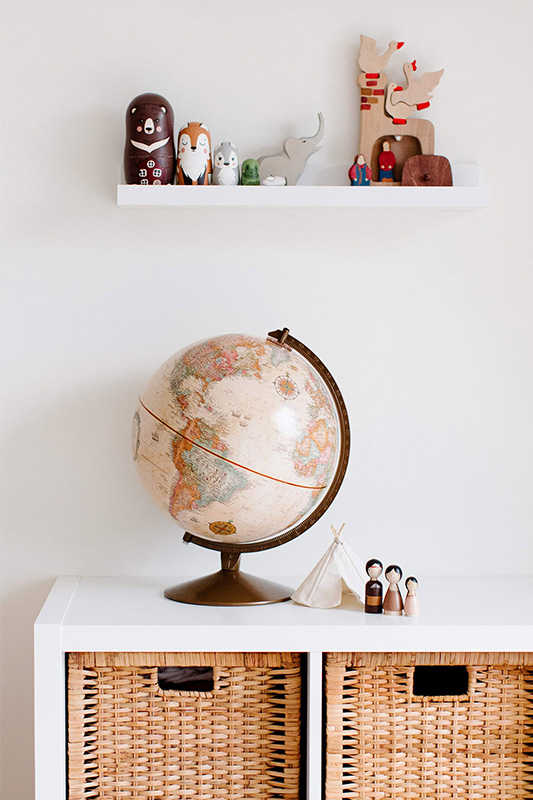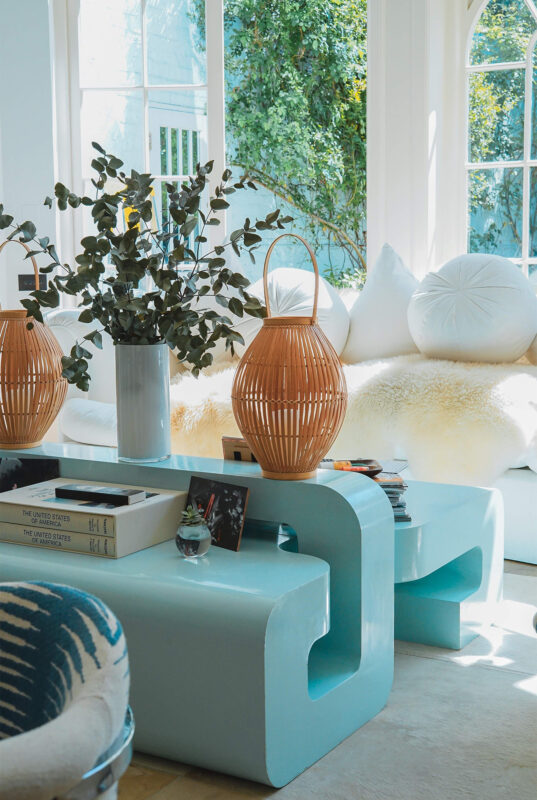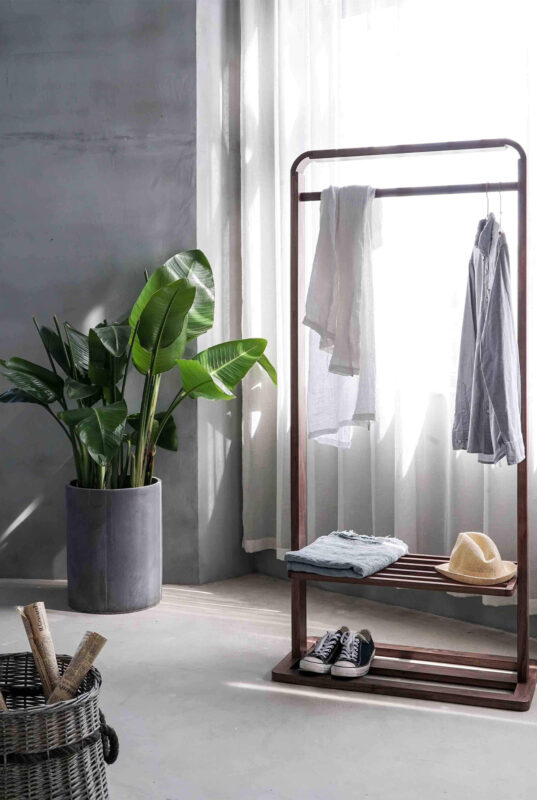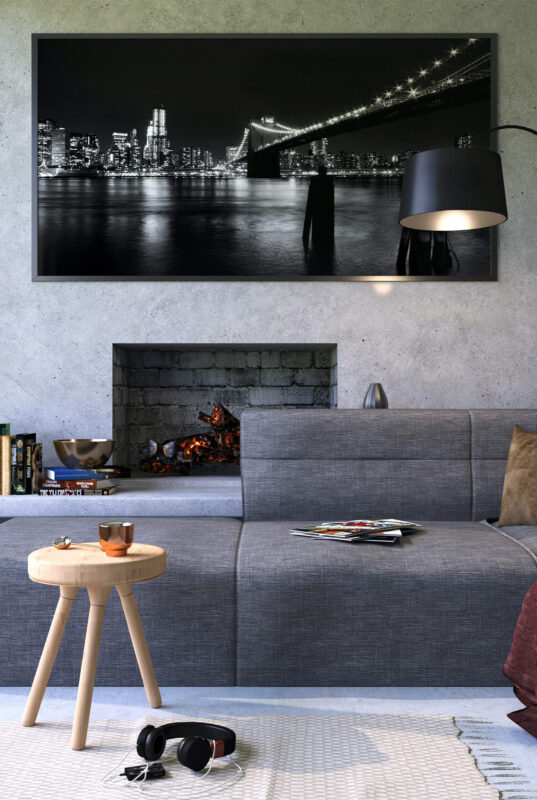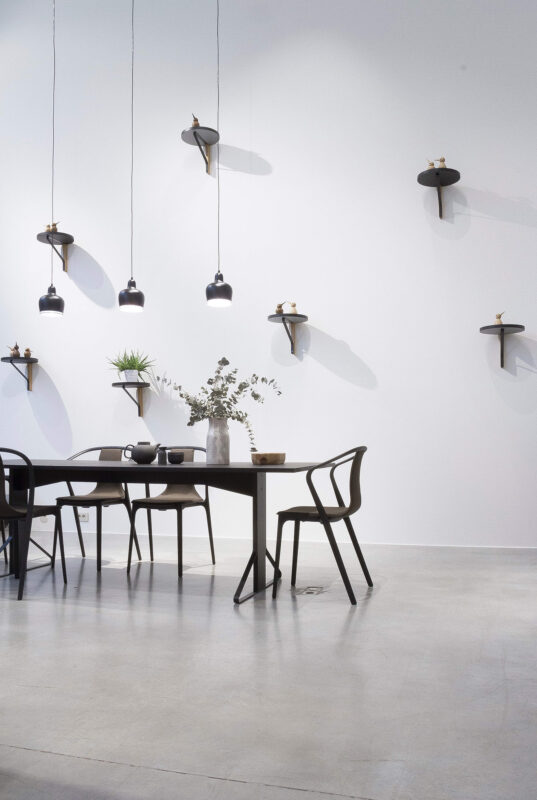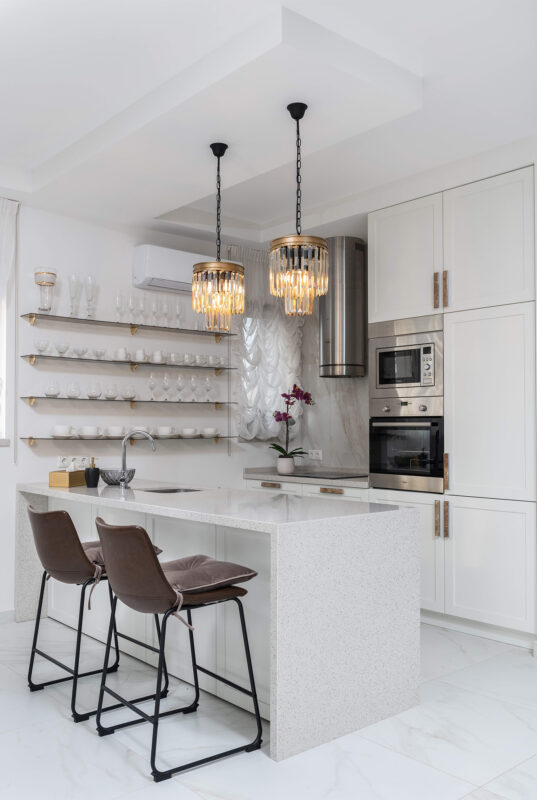Blog
The Power of Ambiance: How Interior Design Shapes Positive Energy
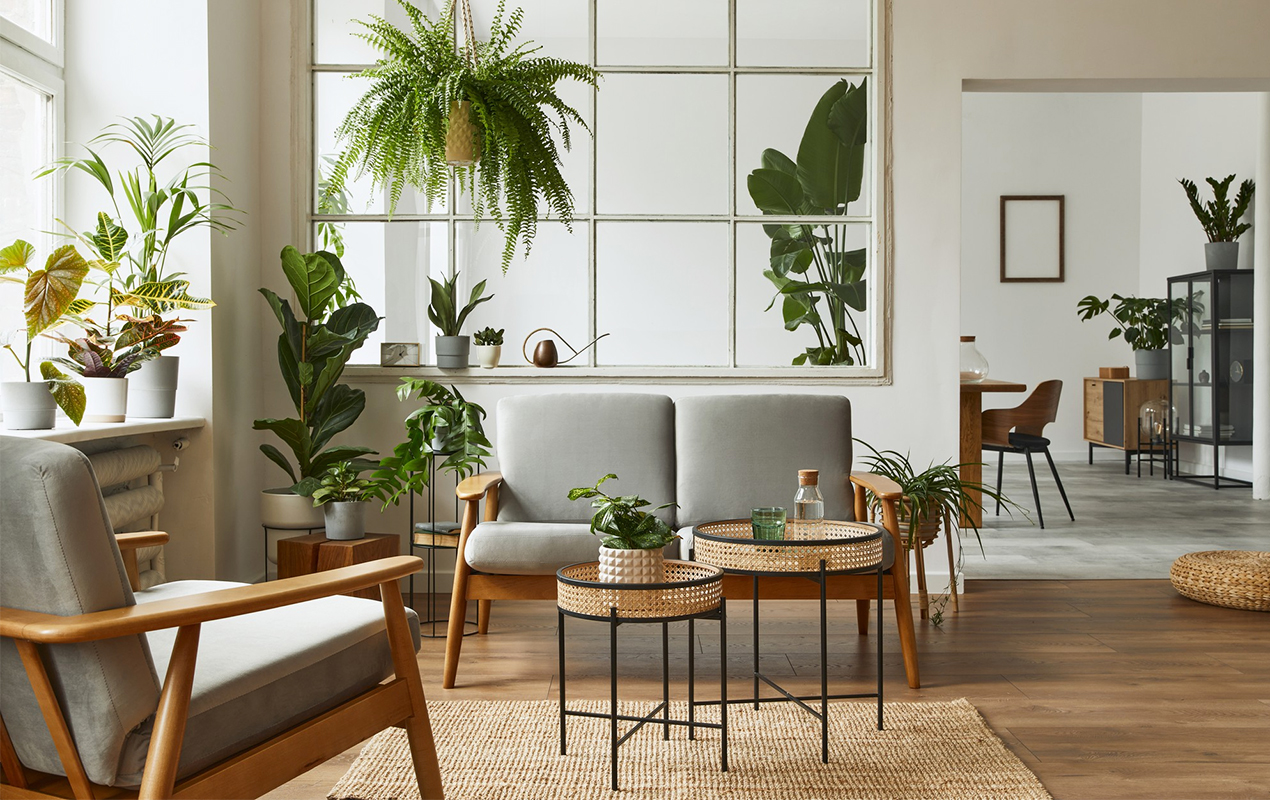
How Interior Design Shapes Positive Energy
It’s impossible to overestimate the importance of positive energy in our living spaces in today’s busy world. This piece explores home design’s creative and scientific sides and how it affects our surroundings to promote positivity. We’ll discuss color psychology, biophilic design concepts, and organizational techniques to cover how interior design can reshape a space and produce a sense of harmony.
The Power of Color
Color psychology dissects how various hues might trigger particular psychological responses. Using this information, designers can deliberately choose and employ color schemes inside a room to elicit desired feelings and amplify good energy.
Color psychology suggests warm hues like orange and red are joyful and energizing. These are perfect for spaces promoting social interaction and activity since they evoke warmth, enthusiasm, and passion. To encourage interaction and conversation, a vibrant red accent coffee table in the living room, for instance, produces a lively mood.
On the other hand, cold colors like blue and green introduce tranquility. These hues convey peace, calm, and assurance; they are especially appropriate for spaces where seclusion and relaxation are valued, such as meditation rooms or bedrooms. Subtle blue color schemes help create a calm atmosphere that builds the foundation for healthy sleep.
Interior designers can utilize color psychology to influence spaces to benefit their occupants’ behavior and general well-being. Thoughtful use of color significantly impacts interior environments’ atmosphere and emotional resonance, supporting goals from evoking inspiration to inducing calm.
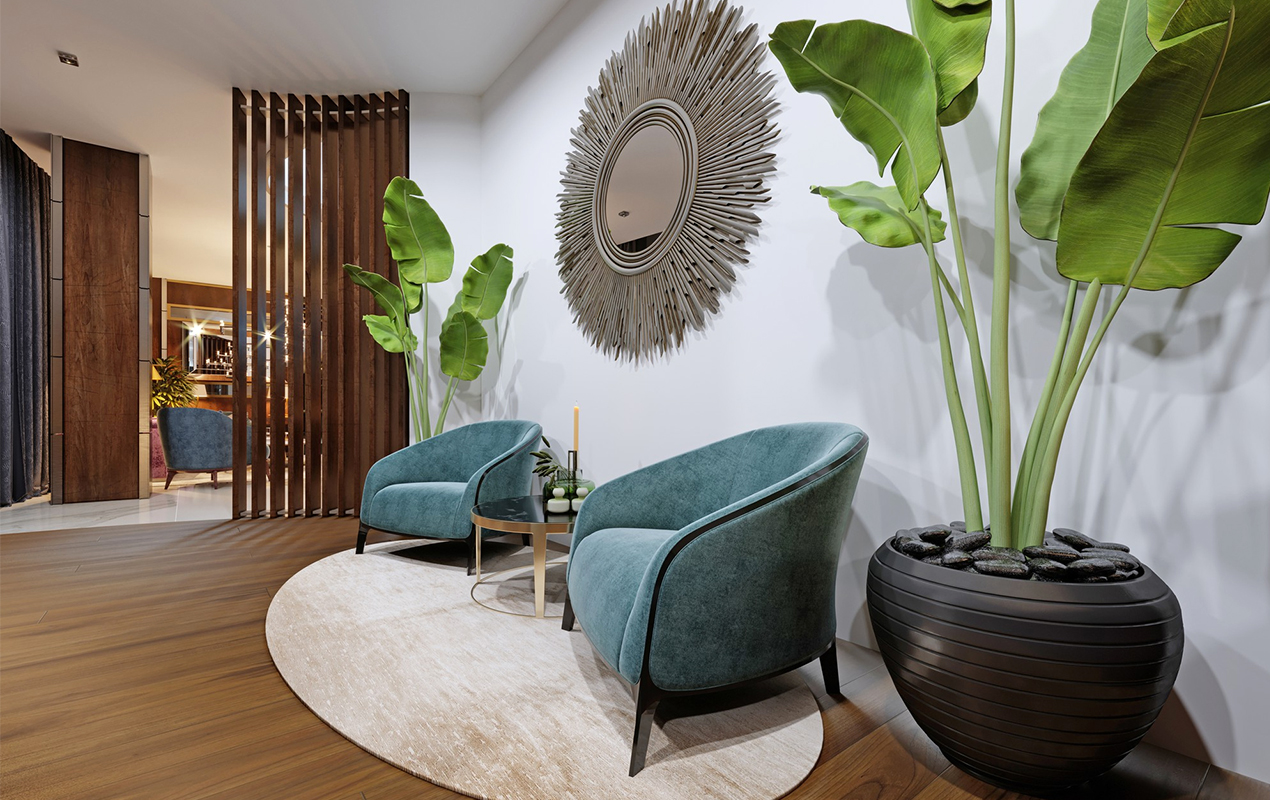
Photo by Peter_kuprin from Freepik
Examples of Positive Energy Settings at Home
Positive energy at home is about creating a space that feels inviting, balanced, and uplifting. Here are some examples of how to achieve this effect.
Create a Calming Meditation Nook
Transform a quiet corner into a dedicated meditation space and opt for comfortable meditation cushions and pillows. Also, consider adding a soft throw blanket for added warmth and coziness, while opting for string lights, fairy lights, or a Himalayan salt lamp to form a calming, low-light ambiance.
Create a Cozy Gaming Setting
Gaming can be a fantastic way to unwind and have fun. Creating a dedicated space at home can vastly improve the experience. Given that countless people enjoy playing immersive and sci-fi games from the comfort of their homes, the right decoration and other solutions can positively contribute to this setup.
Choose a cozy armchair or sofa for the living room or a quiet corner you can personalize. Good lighting is essential but avoid harsh overhead lights. Opt for a table lamp that provides a warm glow for focused play, and avoid stimulating colors like orange, which elevate your heart rate and potentially distract your attention.
Create an Inspiring Writing Corner
Here, go with a well-lit area with a dedicated desk or workspace. Add shelves or storage solutions to keep your creative tools organized and within reach. Consider light yellows or greens for a cheerful ambiance or calming blues and purples to promote focus.
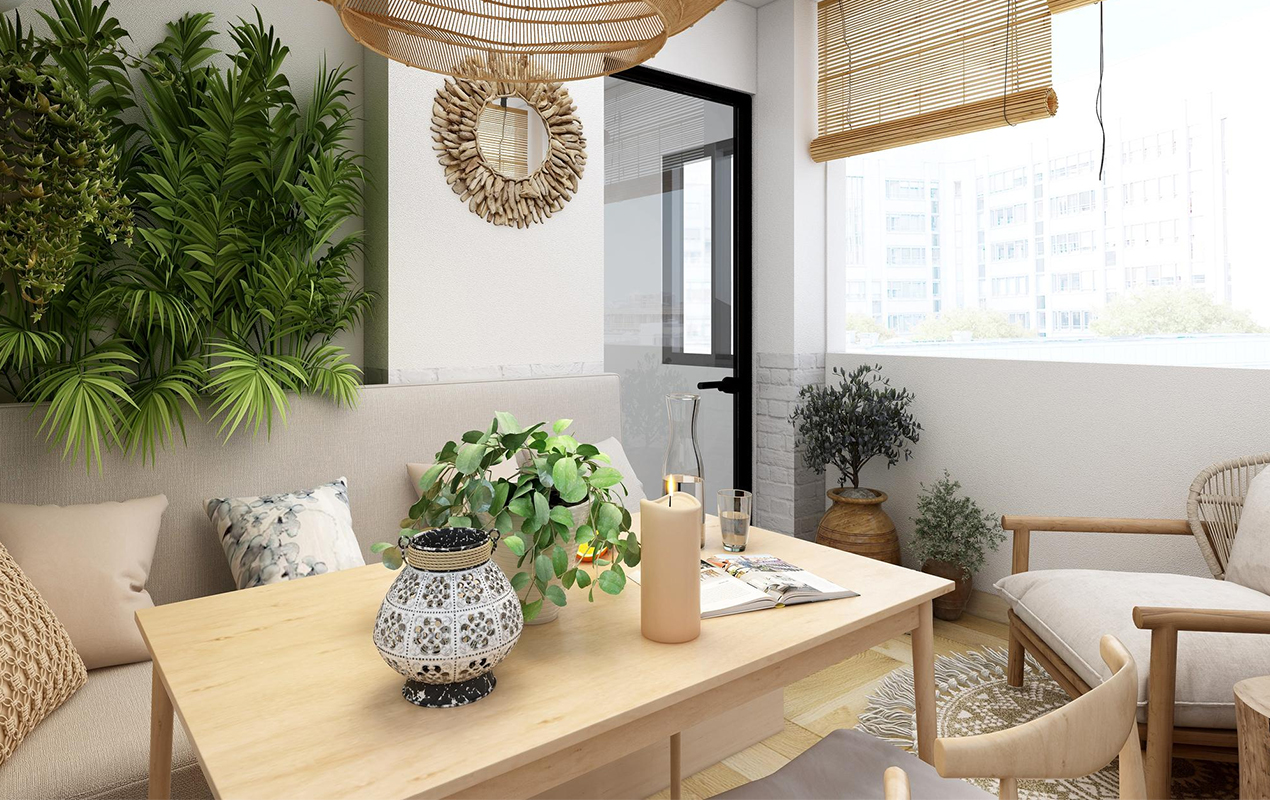
Photo by User20296861 from Freepik
Natural Elements and Biophilic Design
Concepts of biophilic design encourage the integration of natural elements into constructed environments to improve human well-being. This approach recognizes the innate human connection to the natural world and aims to replicate outside environments inside. Designers can utilize natural light, organic materials, and indoor plants to evoke the therapeutic qualities of nature within their interiors. For example, incorporating a high-quality Orion traditional fireplace into a living space not only adds warmth but also enhances the organic, grounding energy of the room, fostering a sense of comfort and connection.
Scientific results suggest being outside favors mental and cognitive health. Spending time in natural settings has been shown via extensive studies to reduce stress, anxiety, and depression, all of which improve mood and general wellness.
Beyond just making interior spaces look better, biophilic elements improve health and well-being. By basing architectural settings on natural ecosystems, designers can cultivate calm, reduced tension, and positive energy. This holistic approach to interior design emphasizes that integrating nature into our daily lives is crucial for optimal health and enjoyment.
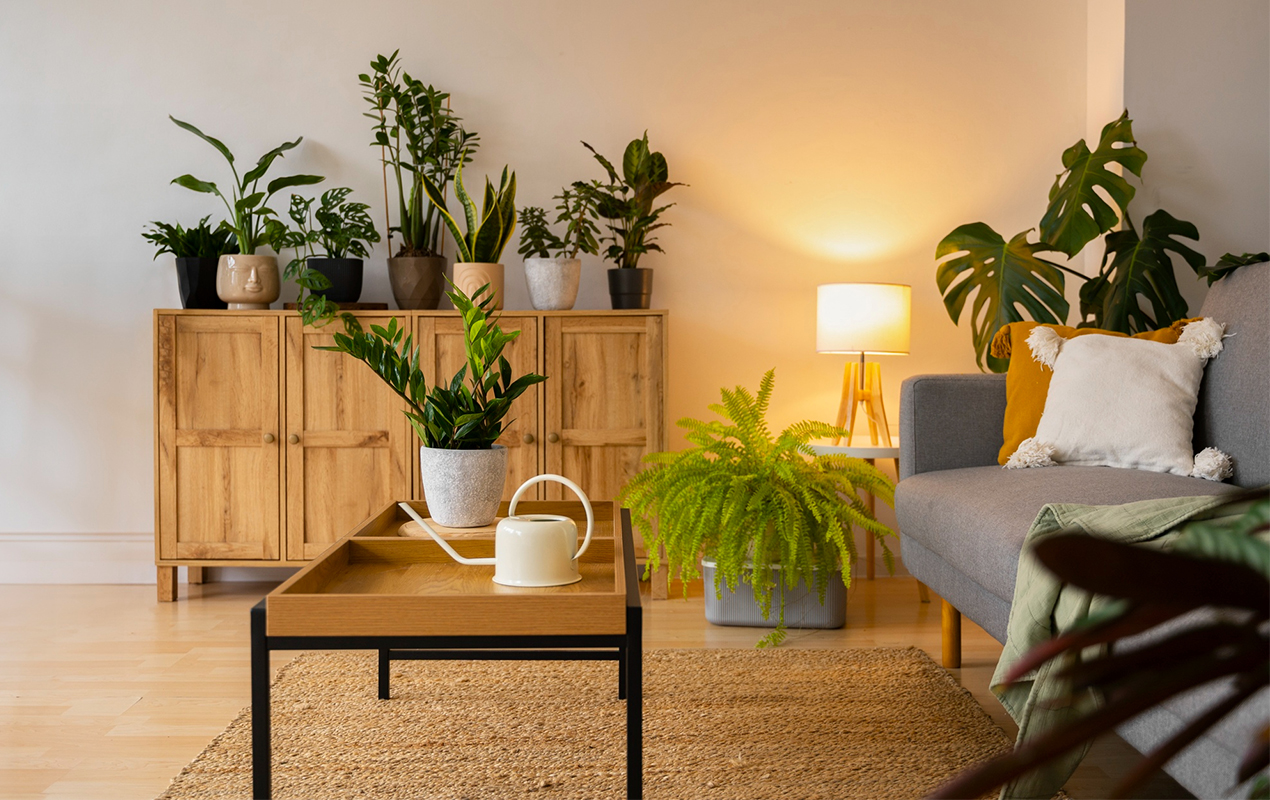
Photo by Freepik
Organization and Clutter-Free Spaces
Space organization greatly affects mental health and cognitive function, making it more than an aesthetic decision. Empirical studies emphasize that an orderly atmosphere stimulates mental clarity and serenity.
Research has indicated that clutter negatively impacts mental well-being by elevating stress and anxiety levels. Clutter causes the brain to become overloaded with visual and mental inputs, making concentrating and focusing challenging. On the other hand, an orderly space has the opposite impact, lowering tension levels.
Moreover, an organized workspace can also enrich productivity and cognitive performance. When we are surrounded by clutter, our focus is continually pulled to the disarray, which makes it difficult to concentrate on and finish things quickly. An ordered setting offers a feeling of discipline and clarity, enabling us to set priorities and focus on their objectives.
You can efficiently manage your possessions and lessen overwhelming feelings by organizing your items and designating specific spaces for storage. Streamlining daily operations and maintaining order can be achieved through organizational techniques like classifying objects, marking storage containers, and developing routines.
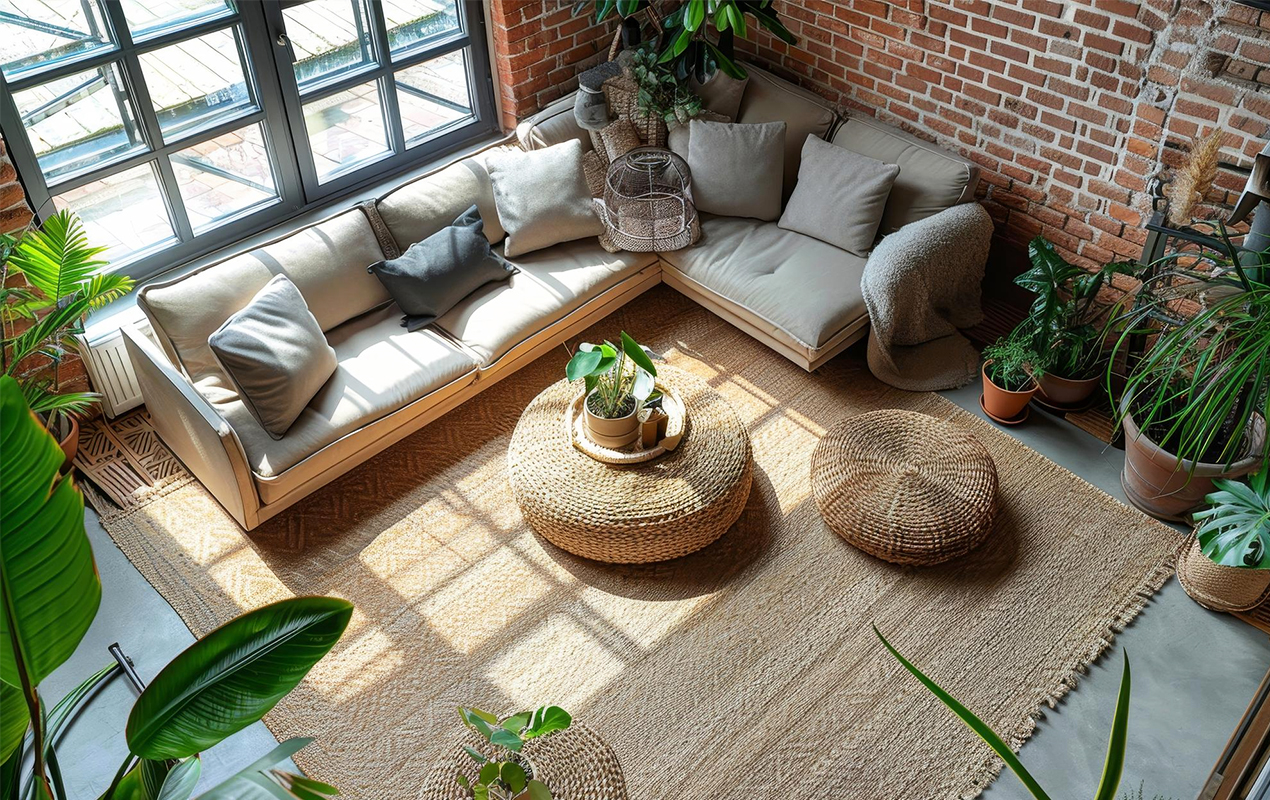
Photo by Bunnyhop from Freepik
Interior Design & Positive Energy – Final Thoughts
In conclusion, good interior design helps create a happy atmosphere in our homes. By combining function and aesthetics, we can create environments that promote creativity, peace, and well-being. Carefully using color, biophilic design elements, and organizational strategies within interior design reshapes spaces into happy, positive spaces.

